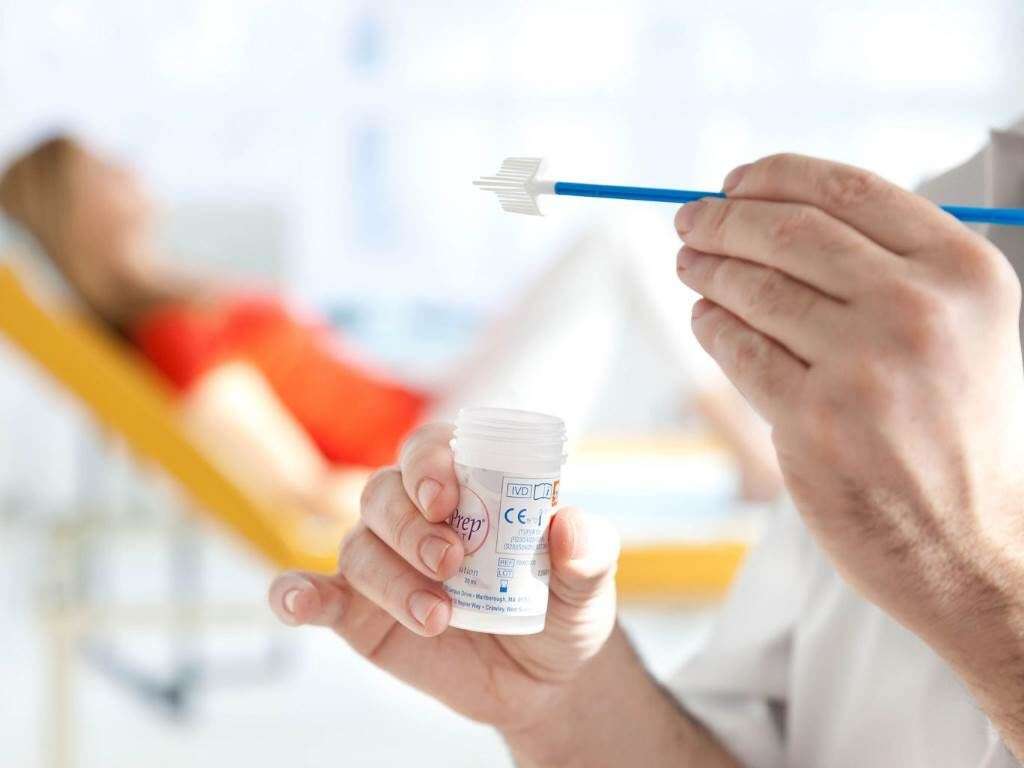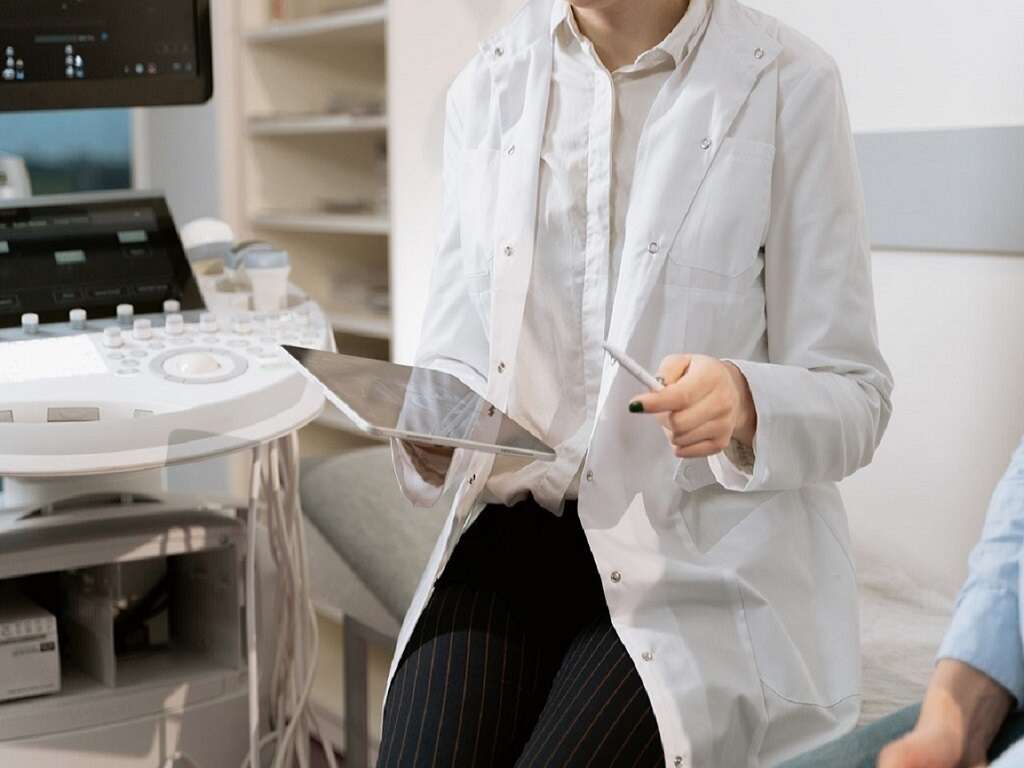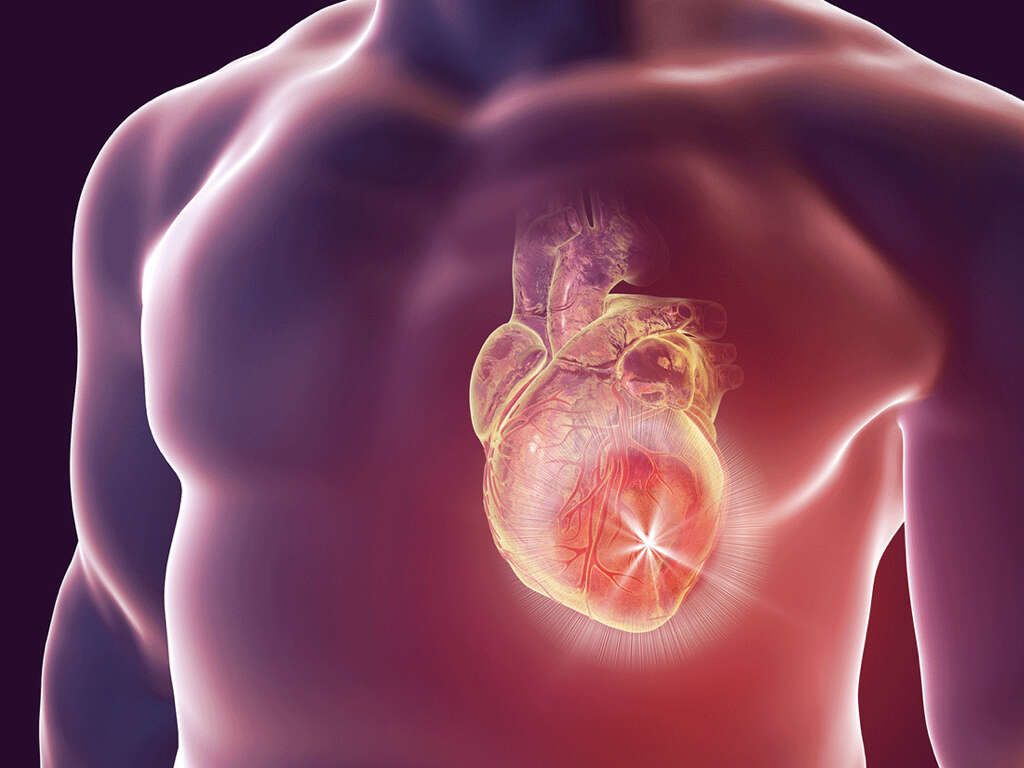Cervical Dysplasia Stages, Causes and More
 Article Sources
Article Sources
- 1. Mone, Amy. Cervical Dysplasia: Kimmel Cancer Center, 17 July 2017, www.hopkinsmedicine.org/kimmel/cancer/center/cancers/we/treat/cervical/dysplasia/about/cervical/dysplasia/.
- 2. Staff, Familydoctor.org Editorial. 'What Is Cervical Dysplasia? - Treatment & Prevention.' Familydoctor.org, American Academy of Family Physicians, 21 Jan. 2021, familydoctor.org/condition/cervical-dysplasia/.
- 3. 'Pap Smear.' Mayo Clinic, Mayo Foundation for Medical Education and Research, 25 June 2020, www.mayoclinic.org/tests-procedures/pap-smear/about/pac-20394841.
- 4. 'HPV Test.' Mayo Clinic, Mayo Foundation for Medical Education and Research, 22 May 2020, www.mayoclinic.org/tests-procedures/hpv-test/about/pac-20394355.
- 5. Barnett, Michelle. HPV: Kimmel Cancer Center, 17 July 2017, www.hopkinsmedicine.org/kimmel/cancer/center/cancers/we/treat/cervical/dysplasia/HPV/.
- 6. 'Cervical Dysplasia.' Herbert Irving Comprehensive Cancer Center, 19 Feb. 2017, cancer.columbia.edu/gynecologic-cancers/cervical-dysplasia.
- 7. 'Cervical Dysplasia.' Baylor College of Medicine, www.bcm.edu/healthcare/specialties/womens-health-maternity/obgyn-conditions/cervical-dysplasia.
- 8. 'Cervical Dysplasia.' Mount Sinai Health System, www.mountsinai.org/health-library/diseases-conditions/cervical-dysplasia.
Cervical dysplasia is a precancerous condition in which abnormal cells are present on the cervix, the lower part of the uterus that opens into the vagina. A woman usually doesn't notice any symptoms of cervical dysplasia. Cervical dysplasia is normally discovered during a pap test conducted as part of a wellness examination.
The cells on the surface of the cervix can change at any time. Women of any age can develop cervical dysplasia, but it most commonly appears in women between the ages of 25 and 35. In the United States, between 250,000 and 1 million women are diagnosed with cervical dysplasia each year.1Mone, Amy. Cervical Dysplasia: Kimmel Cancer Center, 17 July 2017, www.hopkinsmedicine.org/kimmel/cancer/center/cancers/we/treat/cervical/dysplasia/about/cervical/dysplasia/.

1. Causes and Risk Factors of Cervical Dysplasia
The Human Papillomavirus, or HPV, is the most common cause of cervical dysplasia. It's a sexually transmitted virus.
A person who has multiple sex partners or becomes sexually active before age 18 is at greater risk of developing cervical dysplasia. Using condoms can help prevent HPV transmission, but they don't provide full protection. Women who give birth before age 16 may be more likely to develop cervical dysplasia. Smoking or chewing tobacco also increases the risk of cervical dysplasia. In addition, people with weakened immune systems, due to illness or taking certain prescribed medications, are more prone to developing cervical dysplasia.2Staff, Familydoctor.org Editorial. ‘What Is Cervical Dysplasia? - Treatment & Prevention.’ Familydoctor.org, American Academy of Family Physicians, 21 Jan. 2021, familydoctor.org/condition/cervical-dysplasia/.

2. Pap Test
A pap test, or pap smear, involves the collection of cells from the cervix by a health care professional. This is usually a painless procedure, performed along with a pelvic exam, that screens women for cervical cancer. The cell sample is transferred to a laboratory, where it is examined under a microscope to identify any abnormal cells.
Health care professionals recommend women between ages 21 and 65 have a pap test every three years. Women with certain risk factors may need more frequent testing.3‘Pap Smear.’ Mayo Clinic, Mayo Foundation for Medical Education and Research, 25 June 2020, www.mayoclinic.org/tests-procedures/pap-smear/about/pac-20394841.
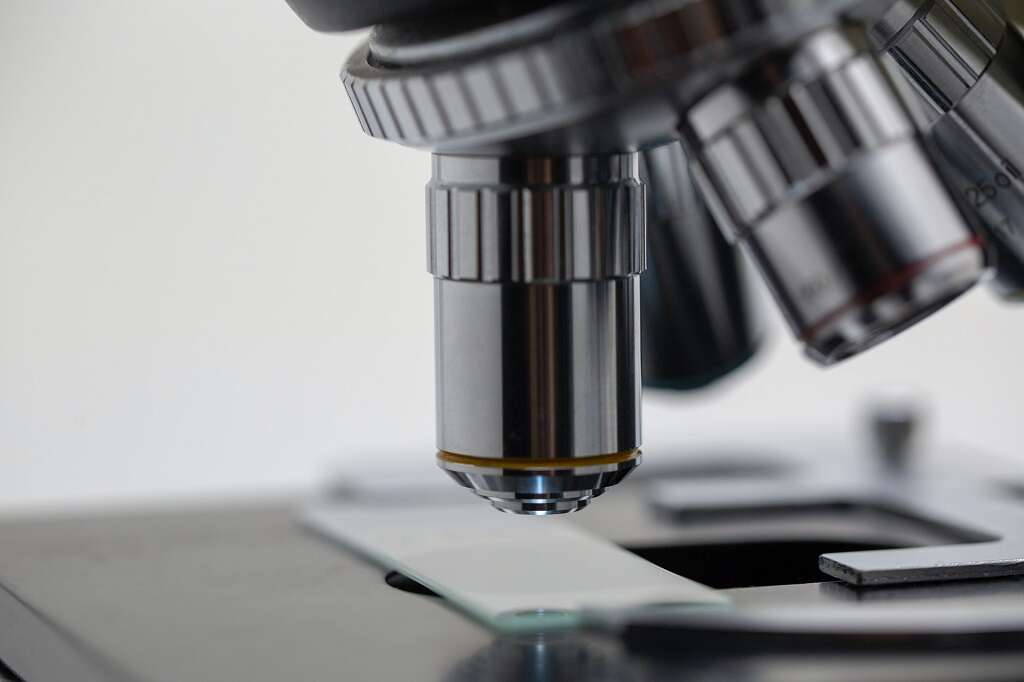
3. Pap Test Results
Pap test results are usually available within three weeks. The results may be normal, inconclusive or abnormal. If they're inconclusive, the health care provider may want to repeat the pap test.
Abnormal results indicate cervical dysplasia, also called a squamous intraepithelial lesion, or SIL. They are further classified as low-grade SIL, which is a mild abnormality; high-grade SIL, which is a moderate to severe abnormality; or atypical glandular or squamous cells, or ASCUS. Women who receive abnormal pap test results require further testing.2Staff, Familydoctor.org Editorial. ‘What Is Cervical Dysplasia? - Treatment & Prevention.’ Familydoctor.org, American Academy of Family Physicians, 21 Jan. 2021, familydoctor.org/condition/cervical-dysplasia/.

4. HPV Test
Following abnormal pap test results, a health care provider may order an HPV test. The procedure is conducted in a manner similar to a pap smear, with the collection of cells from the cervix.
Laboratory examination of these cells can detect the presence and type of HPV.4‘HPV Test.’ Mayo Clinic, Mayo Foundation for Medical Education and Research, 22 May 2020, www.mayoclinic.org/tests-procedures/hpv-test/about/pac-20394355. At least 40 types of HPV can infect the female genital tract.5Barnett, Michelle. HPV: Kimmel Cancer Center, 17 July 2017, www.hopkinsmedicine.org/kimmel/cancer/center/cancers/we/treat/cervical/dysplasia/HPV/. Identifying the presence and type of HPV with an HPV DNA test helps the health care provider determine the next steps.4‘HPV Test.’ Mayo Clinic, Mayo Foundation for Medical Education and Research, 22 May 2020, www.mayoclinic.org/tests-procedures/hpv-test/about/pac-20394355.
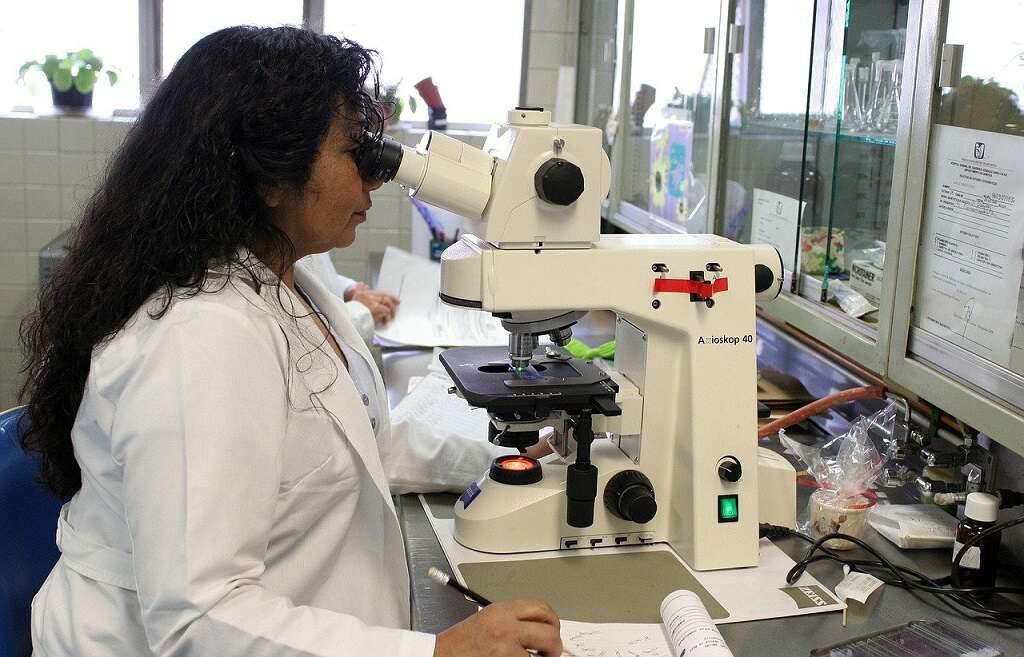
5. Colposcopy
The health care provider may want to examine the cervix more closely using an office procedure called a colposcopy. Using a lighted microscope that magnifies the cervix, the provider checks the cervix and surrounding areas for abnormal changes.
They may do a biopsy, taking a small tissue sample of any suspicious areas. Depending on their observations, they may also perform an endocervical curettage, or ECC. This involves a deeper, more comprehensive scaping of the inside of the cervical canal.6‘Cervical Dysplasia.’ Herbert Irving Comprehensive Cancer Center, 19 Feb. 2017, cancer.columbia.edu/gynecologic-cancers/cervical-dysplasia.

6. Colposcopy Results
Dysplasia detected on a biopsy is called cervical intraepithelial neoplasia, or CIN, and there are three categories or stages. CIN I indicates mild dysplasia, CIN II is moderate to marked dysplasia and CIN III indicates severe dysplasia to carcinoma in situ.2Staff, Familydoctor.org Editorial. ‘What Is Cervical Dysplasia? - Treatment & Prevention.’ Familydoctor.org, American Academy of Family Physicians, 21 Jan. 2021, familydoctor.org/condition/cervical-dysplasia/.
The health care provider uses the results of the colposcopy, biopsy and ECC to determine the course of action. In some cases, more testing or referral to medical specialists may be recommended.6‘Cervical Dysplasia.’ Herbert Irving Comprehensive Cancer Center, 19 Feb. 2017, cancer.columbia.edu/gynecologic-cancers/cervical-dysplasia.

7. Treatment of Cervical Dysplasia
Mild cases of cervical dysplasia require no treatment. In moderate to severe dysplasia, the affected cells must be removed through one of several methods.
A cone biopsy, called cold knife conization, surgically removes the dysplasia with a scalpel. Another procedure, called loop electrosurgical excision procedure, or LEEP, removes the affected cells using an electrically charged loop of thin wire.6‘Cervical Dysplasia.’ Herbert Irving Comprehensive Cancer Center, 19 Feb. 2017, cancer.columbia.edu/gynecologic-cancers/cervical-dysplasia. In cryosurgery, or cryocauterization, abnormal cells are destroyed by applying extreme cold to them. Laser therapy destroys the dysplasia using a beam of light.7‘Cervical Dysplasia.’ Baylor College of Medicine, www.bcm.edu/healthcare/specialties/womens-health-maternity/obgyn-conditions/cervical-dysplasia.

8. Followup for Cervical Dysplasia
In most cases, early detection and treatment eliminate cervical dysplasia, but regular exams are necessary to ensure early detection of a recurrence. The health care provider may recommend repeat screenings to suit the situation.8‘Cervical Dysplasia.’ Mount Sinai Health System, www.mountsinai.org/health-library/diseases-conditions/cervical-dysplasia.
Depending on the severity of the dysplasia and the persistence of any accompanying HPV infection, the health care provider may schedule pap tests, HPV tests or colposcopies every few months for several years following initial diagnosis and treatment.6‘Cervical Dysplasia.’ Herbert Irving Comprehensive Cancer Center, 19 Feb. 2017, cancer.columbia.edu/gynecologic-cancers/cervical-dysplasia.

9. Prognosis for Those With Cervical Dysplasia
When cervical dysplasia is detected and treated early, most cases can be cured. Vigilance in the form of regular checkups is necessary because the condition can return. Women over 21 should have regular pelvic exams and pap tests to catch any abnormalities early.
If cervical dysplasia remains undetected and untreated, the condition may progress, becoming cervical cancer. Treatment methods are more aggressive in that case and may involve hysterectomy and other methods.8‘Cervical Dysplasia.’ Mount Sinai Health System, www.mountsinai.org/health-library/diseases-conditions/cervical-dysplasia.
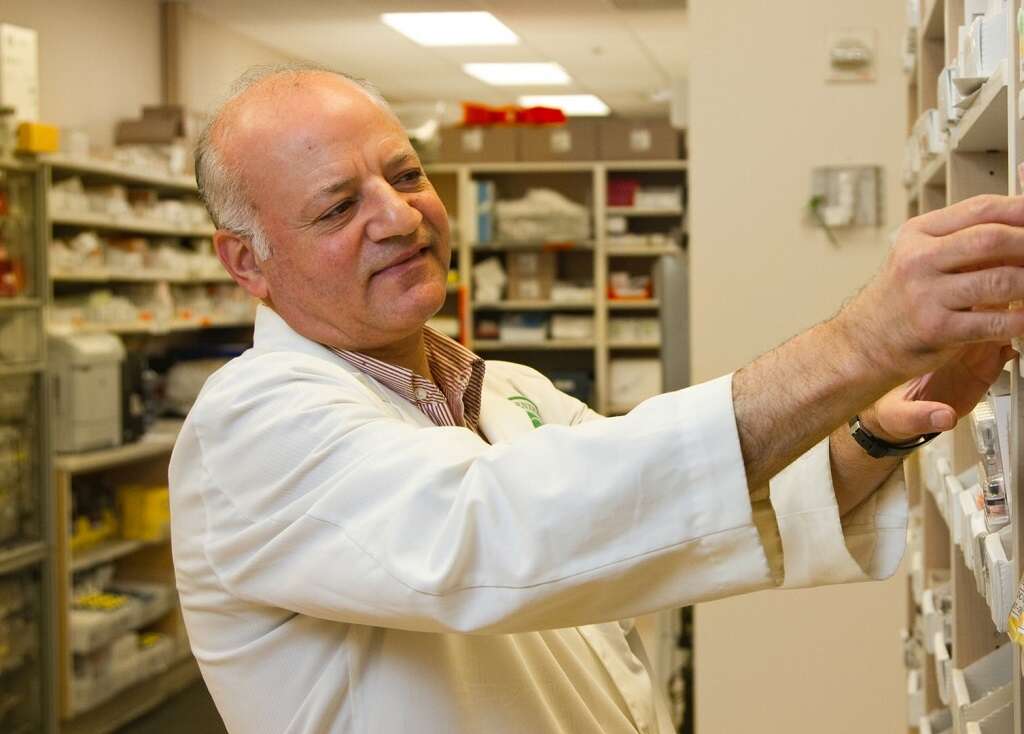
10. Prevention
Regular screenings are key to the prevention and early detection of cervical dysplasia. The HPV vaccine is recommended for males and females between ages 9 and 26.6‘Cervical Dysplasia.’ Herbert Irving Comprehensive Cancer Center, 19 Feb. 2017, cancer.columbia.edu/gynecologic-cancers/cervical-dysplasia. Vaccinated people have a reduced risk of developing cervical dysplasia and cervical cancer.
LIfestyle steps to take to avoid cervical dysplasia include refraining from smoking and delaying sexual intercourse until after age 18. People who are sexually active should practice safe sex. This involves monogamy and using condoms regularly and properly.8‘Cervical Dysplasia.’ Mount Sinai Health System, www.mountsinai.org/health-library/diseases-conditions/cervical-dysplasia.





